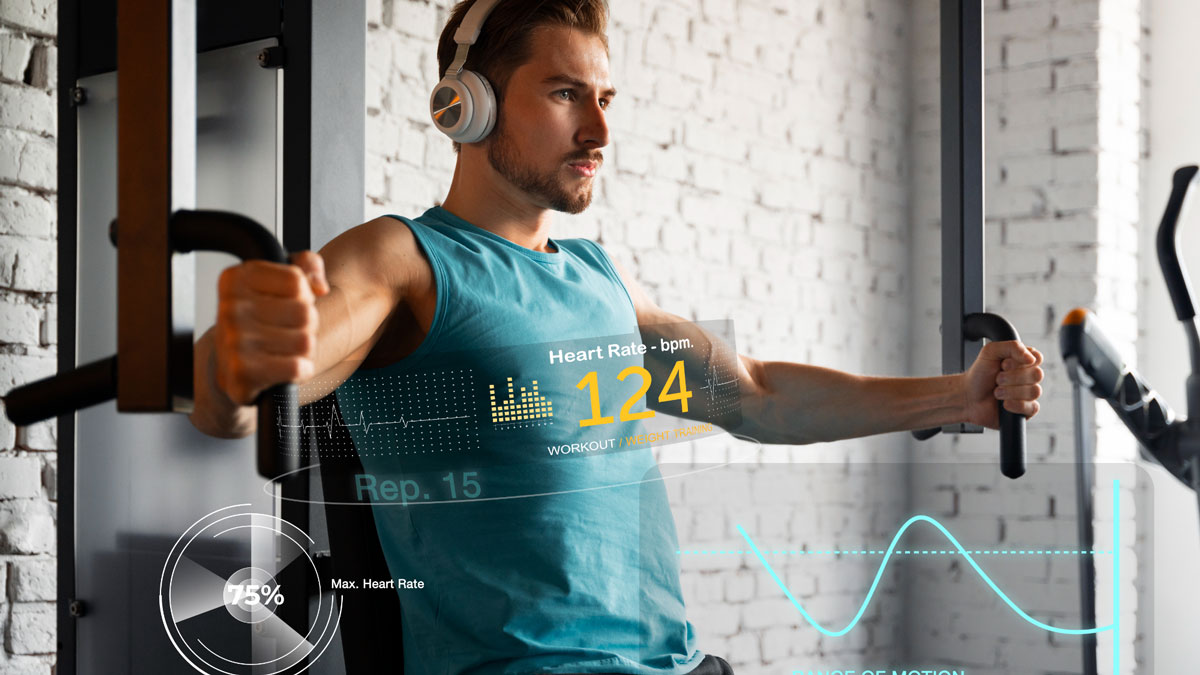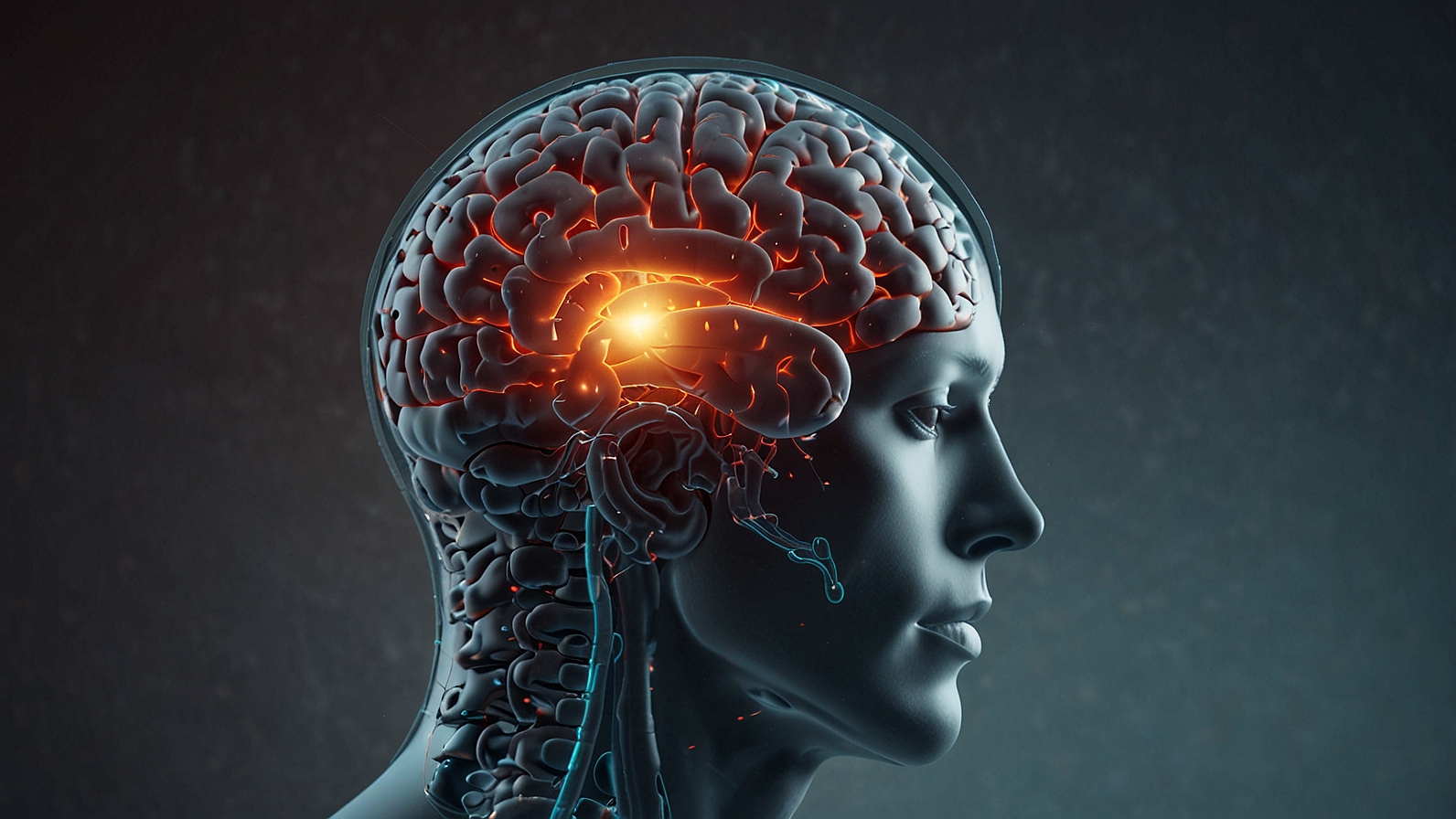In recent years, the concept of “detoxing” has become a popular buzzword, often associated with cleanses, fasting, or juice diets. Health and wellness influencers, celebrities, and even wellness brands promise that detox programs will help rid the body of toxins, improve energy, boost skin health, and aid in weight loss. But with so many detox fads circulating, it can be difficult to separate fact from fiction. So, what does your body really need when it comes to detoxification, and which detox myths should you ignore?
What Is Detoxification?
Detoxification refers to the natural process by which your body eliminates toxins. These toxins, which can include metabolic waste, environmental pollutants, and even certain foods and chemicals, are primarily removed by your liver, kidneys, skin, and digestive system. Your body is equipped with its own detoxification system, so the idea of needing a specific “detox” regimen may be more marketing than science.
Detox Myth 1: Detox Diets and Cleanses Are Essential
One of the most common detox myths is that you need special diets, juices, or supplements to cleanse your body. Some detox programs promise rapid results, like weight loss or clearer skin, often through extreme food restrictions or fasting. However, this approach can be problematic.
Fact: Your body is already capable of detoxing itself. The liver, kidneys, and digestive tract are designed to process and eliminate toxins naturally without the need for expensive detox drinks or extreme cleanses. A balanced diet that includes plenty of water, fruits, vegetables, and fiber is the best way to support your body’s natural detoxification systems.
Extreme detox diets can also lead to nutrient deficiencies or imbalances, especially if followed for long periods. While short-term cleanses may not be harmful for everyone, they are often unnecessary and, in some cases, counterproductive. A healthy diet with diverse nutrients is far more effective in supporting long-term health.
Detox Myth 2: Juice Cleanses Are the Key to Detoxing
Juice cleanses, which often involve consuming nothing but fruit and vegetable juices for several days, have become a popular way to “flush out” toxins. Advocates claim that these cleanses detoxify the liver and reset your metabolism, but the reality is more complex.
Fact: While consuming fruits and vegetables in juice form can provide vitamins and antioxidants, juice cleanses may lack essential nutrients like protein and healthy fats, which are crucial for overall health and energy levels. Additionally, juicing removes the fiber from the produce, which plays a vital role in digestion and blood sugar regulation.
A short juice cleanse might give your digestive system a break, but it is unlikely to provide the deep cleansing effects claimed by some proponents. Rather than relying on juice cleanses, it’s better to aim for a balanced diet rich in whole foods, with plenty of fiber, protein, and healthy fats, all of which aid the body’s detox processes.
Detox Myth 3: Sweating Removes Toxins
There is a widespread belief that sweating, whether from exercise or saunas, is an effective way to rid the body of toxins. Many detox programs advocate for sweating it out in a sauna or through hot yoga to eliminate impurities.
Fact: While sweating is your body’s natural cooling mechanism and helps regulate temperature, it is not a primary method for detoxification. The majority of toxins are filtered through the liver and kidneys, which process waste products into urine or bile. While small amounts of heavy metals and chemicals may be expelled through sweat, the amount is negligible compared to what your liver and kidneys eliminate.
That said, regular physical activity and sweating do have other health benefits. Exercise promotes blood circulation, improves cardiovascular health, and supports immune function, which can, in turn, aid in your body’s natural detox processes. So, while sweating alone isn’t a detox solution, staying active certainly supports overall health.
Detox Myth 4: Activated Charcoal Is a Miracle Detoxifier
Activated charcoal has recently gained popularity as a detox product, often found in pills, drinks, or face masks. Proponents claim it can absorb toxins in the body and help cleanse the system.
Fact: Activated charcoal does have a legitimate medical use in treating poisonings by absorbing toxins in the digestive system. However, its effects are limited to certain types of poisoning and are not applicable for general detox purposes. When used improperly or excessively, activated charcoal can interfere with the absorption of medications and nutrients.
There is little to no evidence that activated charcoal can “cleanse” the body in the way that detox advocates claim. Rather than relying on charcoal products, focusing on a well-balanced diet and regular hydration is a much safer and more effective way to support your body’s detoxification system.
Detox Myth 5: Supplements Can Boost Detoxification
Supplements and herbs claiming to support detoxification are widely available, with ingredients like milk thistle, dandelion root, and turmeric marketed as liver detoxifiers. Many believe these supplements can “cleanse” the liver and help remove toxins.
Fact: While certain herbs, like milk thistle, have been shown to have liver-supporting properties, they do not perform magic detoxification. Your liver already works hard to process and eliminate toxins, and most healthy individuals do not need additional supplementation to enhance this process. The best way to support liver health is to eat a balanced diet, avoid excessive alcohol consumption, stay hydrated, and maintain a healthy weight.
Some detox supplements can even cause side effects or interfere with prescription medications. Always speak to a healthcare provider before using any detox supplement.
What Does Your Body Really Need?
Your body’s natural detoxification systems are incredibly effective and resilient when supported by a healthy lifestyle. Instead of relying on trendy detox programs, the best way to support your health is to:
- Eat a Balanced Diet: Include whole grains, lean proteins, and a variety of fruits and vegetables. These foods provide essential nutrients that support liver and kidney function, which are key to detoxification.
- Stay Hydrated: Drink plenty of water throughout the day to support kidney function and help flush waste products out of your system.
- Exercise Regularly: Physical activity increases circulation, boosts metabolism, and helps regulate hormones—all of which support detoxification.
- Get Enough Sleep: Your body detoxifies during sleep, especially in the brain, where waste products like beta-amyloid proteins are cleared away. Aim for 7–9 hours of quality sleep each night.
- Manage Stress: Chronic stress can hinder the body’s natural detoxification processes. Incorporate relaxation techniques such as yoga, meditation, or deep breathing into your routine.
Conclusion
The notion of needing specific detox programs to rid the body of toxins is more myth than fact. Your body is perfectly equipped to detoxify itself, as long as you provide it with the right tools—a balanced diet, adequate hydration, regular exercise, and sufficient rest. While trendy detox programs may offer temporary results or benefits, they are rarely a substitute for sustainable, healthy lifestyle choices. Instead of falling for the latest detox fad, focus on nourishing your body in ways that promote long-term health and well-being.














